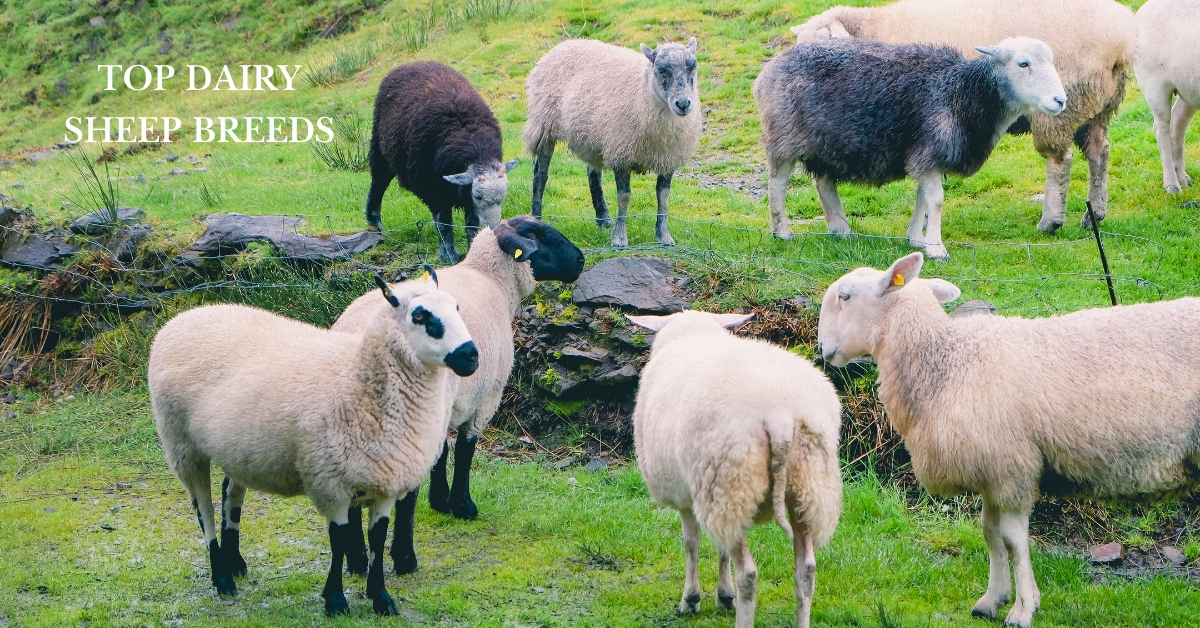Sheep have been a source of milk for thousands of years, with sheep milk playing a significant role in the global dairy industry. While the sheep milk industry in the United States is relatively smaller than in other parts of the world, it holds immense growth potential, especially with the high demand for imported sheep milk cheese.
Sheep milk is prized for its unique richness, and higher solids, protein, and fat content than cow or goat milk, making it an ideal choice for cheesemaking and other dairy products like ice cream and yogurt.
As the interest in sheep dairying continues to rise, exploring the top dairy sheep breeds is crucial for aspiring sheep farmers. These breeds are renowned for their exceptional milk production, adaptability, and suitability for dairy operations.
In this blog article, we’ll look into the details of the four most prominent dairy sheep breeds: East Friesian, Lacaune, Awassi, and Assaf, providing insights into their characteristics, milk production, and suitability for various farming environments.
Key Characteristics of Top Dairy Sheep Breeds
| Breed | Milk Production | Butterfat % | Protein % | Adaptability | Temperament |
|---|---|---|---|---|---|
| East Friesian | Over 1,000 lbs per lactation | 6.64% | 6.21% | Moderate | Docile |
| Lacaune | 289 liters (74 gallons) per lactation | 7.14% | 5.81% | High | Varying |
| Awassi | 175 lbs per lactation | 6.70% | 6.05% | High | Good mothering abilities |
| Assaf | 1.9 liters per day for 173 days | 6% | 5.95% | High | Prolific breeding |
Top Dairy Sheep Breeds
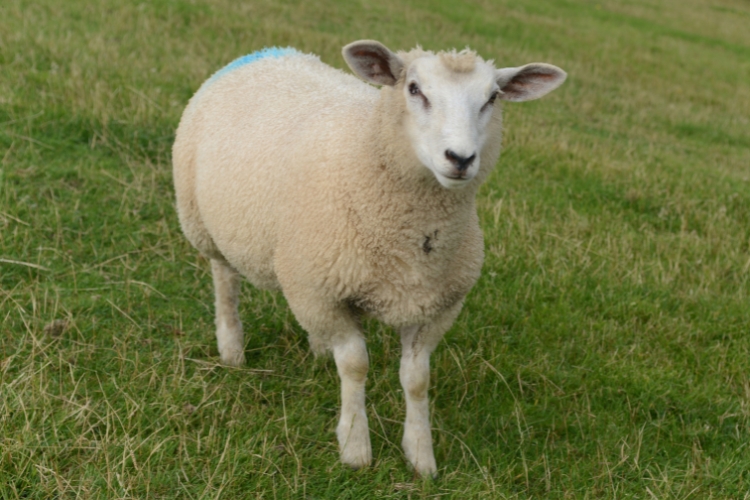
1. East Friesian Sheep
Introduction and Origin
- Originates from Germany.
- Recognized as one of the most productive milk-producing sheep breeds.
Milk Production
- Average milk production: 1,000 pounds per lactation period.
- Peak daily production: 1 gallon of milk per day.
- Milk composition:
- Butterfat: 6.64%
- Protein: 6.21%
- Ideal for cheesemaking and dairy products.
Characteristics
- Docile nature, making them easy to handle.
- Sensitive to environmental changes; require specialized care.
- Often crossbred with other breeds to improve adaptability.
Popularity in the U.S.
- The most common dairy sheep breed in the U.S.
- Found in regions like Wisconsin, New York, and New England, where conditions suit their high milk yield.
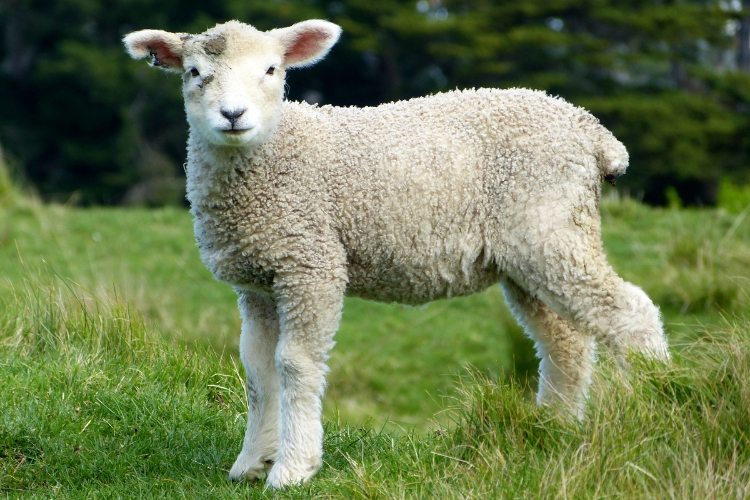
2. Lacaune Sheep
Introduction and Origin
- Native to the Lacaune region, France.
- Highly valued for milk used in Roquefort cheese production.
Milk Production
- Yield: 289 liters (74 gallons) per lactation season.
- Milk composition:
- Butterfat: 7.14%
- Protein: 5.81%
Characteristics
- Adaptable to rough terrain and harsh climates.
- Thrive on pasture grazing, aligning with sustainable farming practices.
- Temperament varies but can be friendly if properly socialized.
Popularity and Crossbreeding
- Second most common dairy sheep breed in the U.S.
- Often crossbred with East Friesians for better milk quality and production levels.
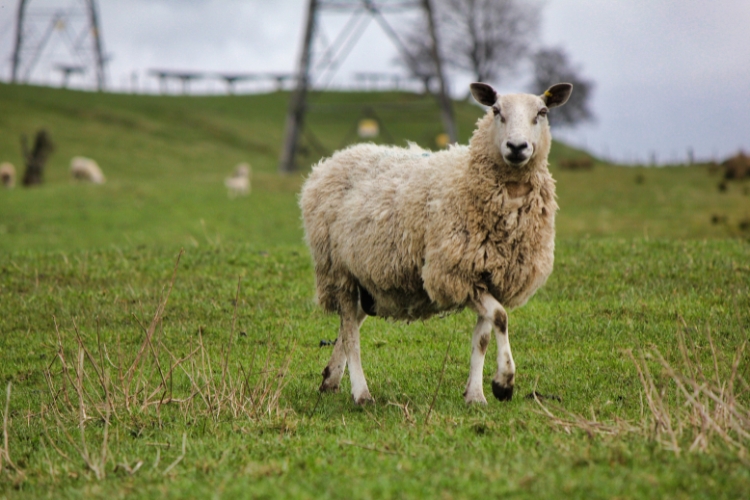
3. Awassi Sheep
Introduction and Origin
- Native to Southwest Asia, especially Iraq.
- Recognizable by males’ long, curled horns.
- A dual-purpose breed for both milk and meat.
Milk Production
- Average yield: 175 pounds per lactation cycle.
- Milk composition:
- Butterfat: 6.70%
- Protein: 6.05%
Characteristics
- Hardy and disease-resistant, adaptable to various climates and terrains.
- Strong mothering abilities, ensuring excellent care for lambs.
Popularity in the U.S.
- Introduced to the U.S. in 2013.
- Gaining popularity for its resilience and versatility.
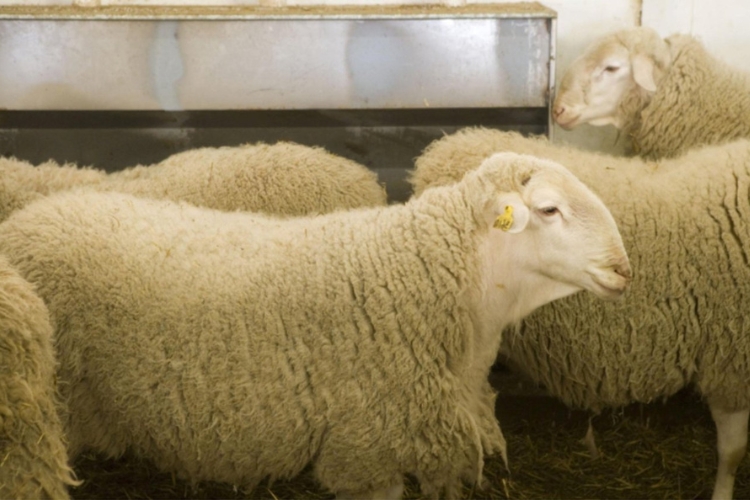
4. Assaf Sheep
Introduction and Origin
- Developed in Israel in the 1950s through crossbreeding East Friesian and Awassi sheep.
- A dual-purpose breed for milk and meat.
Milk Production
- Daily yield: 1.9 liters for 173 days per lactation.
- Milk composition:
- Butterfat: 6%
- Protein: 5.95%
Characteristics
- High reproductive rate, often producing multiple lambs.
- Resilient and efficient, making them a popular choice among farmers.
Popularity and Demand
- Highly valued in Israel.
- Increasingly recognized in the U.S. for its excellent traits and productivity.
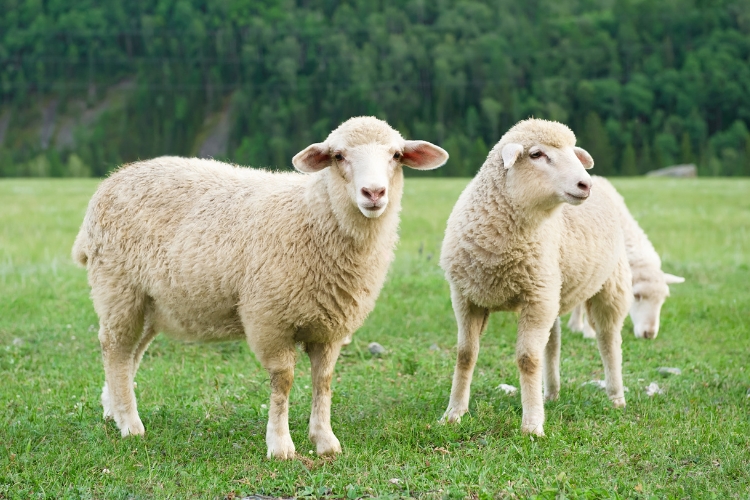
Considerations for Choosing a Dairy Sheep Breed
When selecting a dairy sheep breed for your farming operation, there are several key factors to consider:
Your Goals and Environment: Carefully align the breed’s characteristics, such as milk production, hardiness, and adaptability, with your specific goals and the environmental conditions you can provide.
Breed Availability: Research the availability of breeding stock for your desired breed in your local area to ensure you can source the animals you need.
Experience Level: Some dairy sheep breeds require more specialized care and management than others. Choose a breed that matches your level of experience and knowledge in sheep farming.
Milk Production Needs: Determine the quantity and quality of milk you aim to produce, including factors like butterfat and protein content, to guide your breed selection.
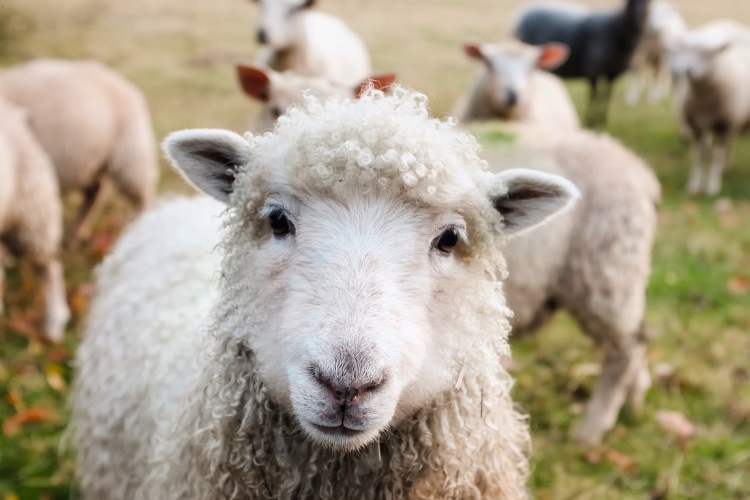
Non-Dairy Sheep Breeds for Milk Production
| Aspect | Details |
|---|---|
| When to Consider Non-Dairy Breeds | – When dairy sheep breeds are hard to find or acquire in certain regions. |
| Advantages of Non-Dairy Breeds | – Suitable for small-scale dairy operations. |
| Examples of Non-Dairy Breeds | – Icelandic: Known for good mothering abilities and milk production. |
| – Katahdin: A hardy breed with sufficient milk for lambs and potential small-scale use. | |
| – Finnsheep: Renowned for their strong mothering traits and consistent milk production. | |
| Key Considerations | – Milk yield and lactation periods are lower than dedicated dairy breeds. |
| – Careful selection of individual animals with superior milk-producing traits is essential. |
Conclusion
Sheep dairying is a growing field that offers both opportunities and challenges for aspiring farmers. The top dairy sheep breeds, including East Friesian, Lacaune, Awassi, and Assaf, each possess unique characteristics that make them suitable for various farming environments and objectives.
By understanding the strengths and weaknesses of these breeds, farmers can make informed decisions that align with their specific goals, resources, and experience levels. Whether you choose a dedicated dairy breed or opt for a non-dairy breed with milk-producing potential, the key is to thoroughly research and select the option that best fits your needs and contributes to the ongoing evolution of the sheep dairy industry.
As the demand for high-quality sheep milk and cheese continues to rise, the exploration and promotion of these exceptional dairy sheep breeds will play a crucial role in the future of the sheep dairying sector, both in the United States and globally.
FAQs:
- What are the most productive dairy sheep breeds?
The East Friesian sheep is recognized as one of the most productive milk producers among sheep breeds, with an average of over 1,000 pounds of milk per lactation period. The Lacaune sheep from France is another prominent dairy breed, capable of producing around 74 gallons of milk per lactating season. Both the Awassi and Assaf sheep are also known for their impressive milk yields, making them desirable choices for dairy farmers. - How do the different dairy sheep breeds compare in terms of milk quality?
The milk from dairy sheep breeds is prized for its high butterfat and protein content, making it ideal for cheesemaking and other dairy products. The Lacaune sheep stands out with the highest butterfat content at 7.14%, while the East Friesian and Awassi breeds also boast impressive butterfat and protein levels. The Assaf sheep milk has a respectable 6% butterfat and 5.95% protein content. - What factors should I consider when choosing a dairy sheep breed?
When selecting a dairy sheep breed, it’s essential to consider your specific goals, the environment you can provide, the availability of breeding stock in your area, your level of experience in sheep farming, and the desired milk production and quality. Breeds like the East Friesian may require more specialized care, while the Lacaune and Awassi are known for their hardiness and adaptability. - Can I use non-dairy sheep breeds for milk production?
If dairy sheep breeds are challenging to find or acquire, you can consider raising non-dairy sheep breeds for milk production, albeit with lower yields and shorter lactation periods compared to dedicated dairy breeds. Breeds like Icelandic, Katahdin, and Finnsheep are known for their good mothering abilities and ample milk production to nourish their lambs. Careful selection of individual animals with superior milk-producing characteristics is essential when using non-dairy breeds for dairy purposes.

